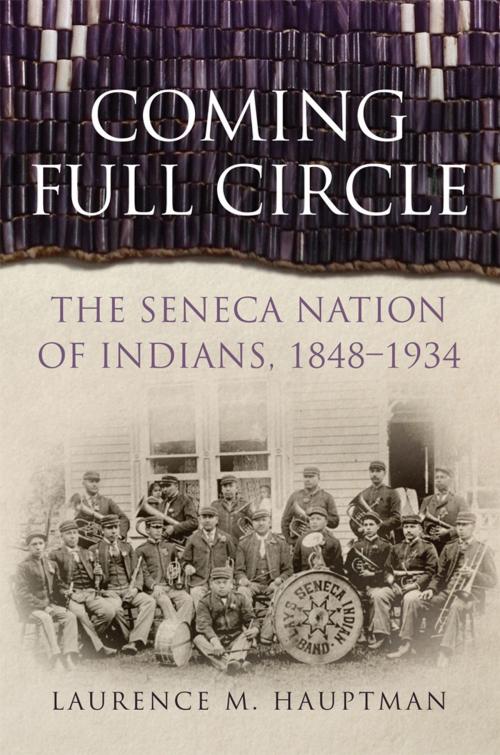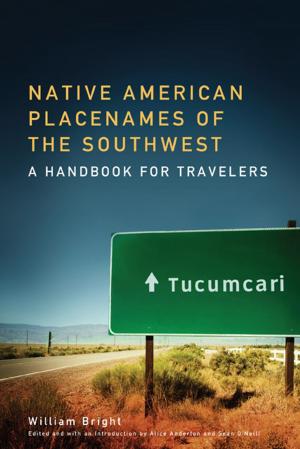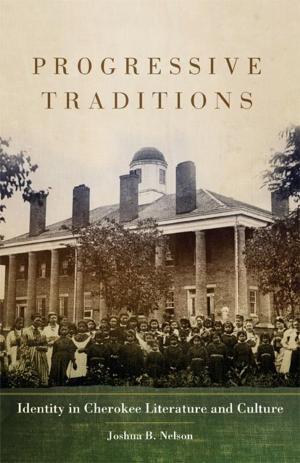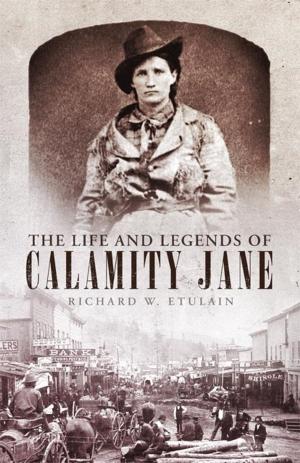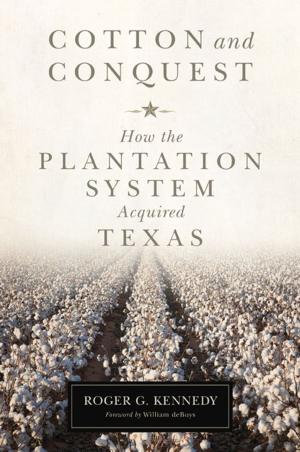Coming Full Circle
The Seneca Nation of Indians, 1848–1934
Nonfiction, History, Modern, 19th Century, Americas, Native American, United States| Author: | Laurence M. Hauptman | ISBN: | 9780806163673 |
| Publisher: | University of Oklahoma Press | Publication: | April 11, 2019 |
| Imprint: | University of Oklahoma Press | Language: | English |
| Author: | Laurence M. Hauptman |
| ISBN: | 9780806163673 |
| Publisher: | University of Oklahoma Press |
| Publication: | April 11, 2019 |
| Imprint: | University of Oklahoma Press |
| Language: | English |
The disastrous Buffalo Creek Treaty of 1838 called for the Senecas’ removal to Kansas (then part of the Indian Territory). From this low point, the Seneca Nation of Indians, which today occupies three reservations in western New York, sought to rebound. Beginning with events leading to the Seneca Revolution in 1848, which transformed the nation’s government from a council of chiefs to an elected system, Laurence M. Hauptman traces Seneca history through the New Deal. Based on the author’s nearly fifty years of archival research, interviews, and applied work, Coming Full Circle shows that Seneca leaders in these years learned valuable lessons and adapted to change, thereby preparing the nation to meet the challenges it would face in the post–World War II era, including major land loss and threats of termination.
Instead of emphasizing American Indian decline, Hauptman stresses that the Senecas were actors in their own history and demonstrated cultural and political resilience. Both Native belief, in the form of the Good Message of Handsome Lake, and Christianity were major forces in Seneca life; women continued to play important social and economic roles despite the demise of clan matrons’ right to nominate the chiefs; and Senecas became involved in national and international competition in long-distance running and in lacrosse.
The Seneca Nation also achieved noteworthy political successes in this period. The Senecas resisted allotment, and thus saved their reservations from breakup and sale. They recruited powerful allies, including attorneys, congressmen, journalists, and religious leaders. They saved their Oil Spring Reservation, winning a U.S. Supreme Court case against New York State on the issue of taxation and won remuneration in their Kansas Claims case. These efforts laid the groundwork for the Senecas’ postwar endeavor to seek compensation before the Indian Claims Commission and pursuit of a series of land claims and tax lawsuits against New York State.
The disastrous Buffalo Creek Treaty of 1838 called for the Senecas’ removal to Kansas (then part of the Indian Territory). From this low point, the Seneca Nation of Indians, which today occupies three reservations in western New York, sought to rebound. Beginning with events leading to the Seneca Revolution in 1848, which transformed the nation’s government from a council of chiefs to an elected system, Laurence M. Hauptman traces Seneca history through the New Deal. Based on the author’s nearly fifty years of archival research, interviews, and applied work, Coming Full Circle shows that Seneca leaders in these years learned valuable lessons and adapted to change, thereby preparing the nation to meet the challenges it would face in the post–World War II era, including major land loss and threats of termination.
Instead of emphasizing American Indian decline, Hauptman stresses that the Senecas were actors in their own history and demonstrated cultural and political resilience. Both Native belief, in the form of the Good Message of Handsome Lake, and Christianity were major forces in Seneca life; women continued to play important social and economic roles despite the demise of clan matrons’ right to nominate the chiefs; and Senecas became involved in national and international competition in long-distance running and in lacrosse.
The Seneca Nation also achieved noteworthy political successes in this period. The Senecas resisted allotment, and thus saved their reservations from breakup and sale. They recruited powerful allies, including attorneys, congressmen, journalists, and religious leaders. They saved their Oil Spring Reservation, winning a U.S. Supreme Court case against New York State on the issue of taxation and won remuneration in their Kansas Claims case. These efforts laid the groundwork for the Senecas’ postwar endeavor to seek compensation before the Indian Claims Commission and pursuit of a series of land claims and tax lawsuits against New York State.
